Claw Hand
What is a Claw Hand?
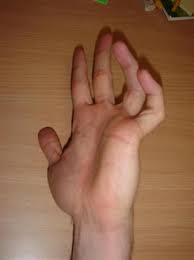
- Claw hand is a condition in which your fingers are noticeably curved or bent. This condition can affect one or more of your fingers, on one or both hands.
- The condition gets its name from the curvature of the fingers, which makes the hands resemble a bear’s claw.
- Claw hand can be a congenital defect (a defect present at birth) or it may be due to certain disorders or injuries.
- Depending on the severity of the condition, you may have difficulty using your hands to pick up and grasp items. C
Pathoanatomy
- Pathoanatomic components
- loss of intrinsics
- leads to loss of baseline MCP flexion and loss of IP extension
- strong extrinsic EDC
- leads to unopposed extension of the MCP joint
- remember the EDC is not a significant extensor of the PIP joint
- most of the MCP extension forces on the terminal insertion of the central slip come from the interosseous muscles
- strong FDP and FDS
- leads to unopposed flexion of the PIP and DIP
Common causes of claw hand include:
Congenital birth defect
Claw hand sometimes occurs as a defect at birth.
Nerve damage
Damage to the nerves can occur in the arm or hand from injuries or diseases. Cervical spondylosis, ulnar nerve palsy, and ulnar nerve entrapment are all conditions that can cause nerve damage leading to claw hand.
- cubital tunnel syndrome
- ulnar tunnel syndrome
- median nerve palsy
- Volkmann’s ischemic contracture
- leprosy (Hansen’s disease)
- failure to splint the hand in an intrinsic-plus posture following a crush injury
- Charcot-Marie-Tooth disease (hereditary motor-sensory neuropathy)
- compartment syndrome of the hand
- Abnormal wear of the cartilage or bone in your spine can cause compression on your nerves, which can also lead to claw hand.
Skin scarring
Claw hand can occur due to scarring of the skin on the arm or hand is the result of a burn injury.
Bacterial disease
A bacterial disease such as leprosy can cause damage to the skin and nerves. However, leprosy is extremely rare in the United States.
According to the Health Resources and Services Administration (HRSA), there are an estimated 6,500 people in the United States with leprosy. Only half of those cases cause enough symptoms to require treatment.
Diagnosis of claw hand
Healthcare providers can make a diagnosis of claw hand based on the appearance of your fingers. However, they may perform tests to determine the cause and severity of the condition.
Medical history
Your healthcare provider may ask about your medical history to determine if a past injury or illness is causing your symptoms.
Physical examination
Your healthcare provider may ask you to bend your fingers and grasp objects, in addition to other tests, to see how much strength and flexibility you have in your fingers and hand.
Electromyography
An electromyography test checks how well your nerves are working. To perform an EMG, your healthcare provider will insert thin needles through your skin into the muscles of your hand.
The needles connect to a machine that measures electrical impulses from your nerves when you move.
You may feel a little bit of discomfort from the small needles, but it’s usually mild. You may also have slight bruising or experience minor soreness for a few days after the test.
If the EMG test results show that you have abnormal nerve activity, your healthcare provider may run more tests to determine the cause of your nerve damage.
The tests your healthcare provider performs will depend on your medical history and any other symptoms you’re experiencing.
Prevention
- Preventive therapy is recommended to preserve the function of the fingers. This may include physical exercise, stretching, proper bodily function and myofascial release (massage, foam roller).
- Exercises are focused on the forearm muscles, such as the extensor carpi ulnaris; extensor digitorum to antagonize the flexion of the fingers.
- Massaging the forearm muscles also alleviates the tightness that occurs with muscles exertion. Stretching allows the muscles more flexibility, decreasing interference with the innervations of the ulnar nerve to the fingers.
- The so-called “Hand of Benediction” is caused by median nerve lesions. The hand will show hyper-extension of the metacarpophalangeal joints (MCP) from the unopposed extensor digitorum as well as weakened extension and flexion of the Interphalangeal (IP) joints of the 2nd and 3rd digits (index and middle) due to deficits in the radial lumbricals and lateral half of the flexor digitorum profundus.
- The pathogenesis is similar to that of ulnar clawing (loss of the relevant lumbricals and the flexor digitorum profundus along
- with unopposed action of forearm extensors), and a median claw hand will appear similar to an ulnar claw when the patient with a median claw is asked to make a fist.
- The following signs may be used to clinically distinguish median nerve clawing from ulnar nerve clawing.
TREATMENT
Operative
- contracture release and passive tenodesis vs. active tendon transfer
- indications
- progressive deformity that is affecting the quality of life
- technique
- goal is to prevent MCP joint hyperextension
- You may need surgery to repair damaged nerves, ligaments, or muscles that are causing your symptoms.
- If your injury is due to tight skin, as is seen in people who have burn injuries, skin grafts and surgery to remove scar
- tissue may be necessary.
- Multiple surgeries may be necessary for serious defects and for burn injuries.
splint for claw hand:
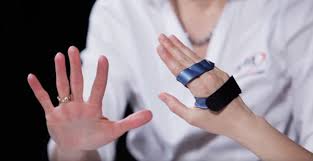
The claw hand deformity, resulting from low ulnar or combined low ulnar and median nerve palsy, is an incapacitating situation. The splint described herein reverses the clawing by substituting for the lumbricals and interossei. If started early, it not only prevents the permanent stiffness of fingers in the claw position, but also effectively restores function without hampering day to day work because it is a surface splint.
PHYSIOTHERAPY FOR CLAW HAND
Make a Fist
Hand and finger exercises can help strengthen your hands and fingers, increase your range of motion, and give you pain relief. Stretch only until you feel tightness. You shouldn’t feel pain. Start with this simple stretch:
- Make a gentle fist, wrapping your thumb across your fingers.
- Hold for 30 to 60 seconds. Release and spread your fingers wide.
- Repeat with both hands at least four times.
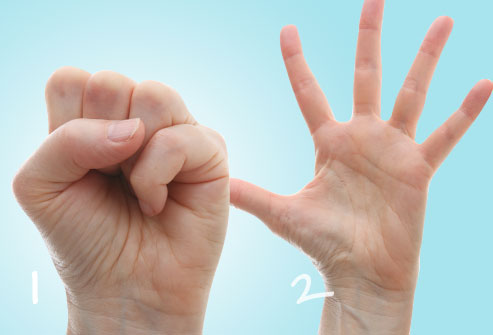
Pinch Strengthener
This exercise helps strengthen the muscles of your fingers and thumb. It can help you turn keys, open food packages, and use the gas pump more easily.
- Pinch a soft foam ball or some putty between the tips of your fingers and your thumb.
- Hold for 30 to 60 seconds.
- Repeat 10 to 15 times on both hands. Do this exercise two to three times a week, but rest your hands for 48 hours in between sessions. Don’t do this exercise if your thumb joint is damaged.
Finger Lift
Use this exercise to help increase the range of motion and flexibility in your fingers.
- Place your hand flat, palm down, on a table or other surface.
- Gently lift one finger at a time off of the table and then lower it.
- You can also lift all your fingers and thumb at once, and then lower.
- Repeat eight to 12 times on each hand.
increase your range of motion, and give you pain relief. Stretch only until you feel tightness. You shouldn’t feel pain. Start with this simple stretch:
- Make a gentle fist, wrapping your thumb across your fingers.
- Hold for 30 to 60 seconds. Release and spread your fingers wide.
- Repeat with both hands at least four times.

Finger Stretch
Try this stretch to help with pain relief and to improve the range of motion in your hands:
- Place your hand palm-down on a table or other flat surface.
- Gently straighten your fingers as flat as you can against the surface without forcing your joints.
- Hold for 30 to 60 seconds and then release.
- Repeat at least four times with each hand.
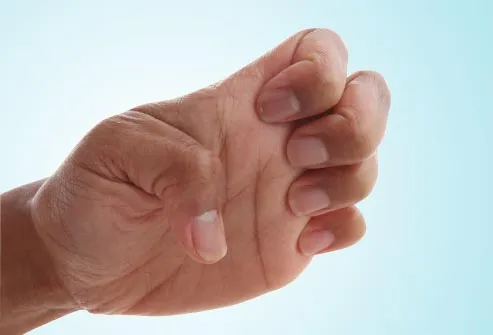
Claw Stretch
This stretch helps improve the range of motion in your fingers.
- Hold your hand out in front of you, palm facing you.
- Bend your fingertips down to touch the base of each finger joint. Your hand should look a little like a claw.
- Hold for 30 to 60 seconds and release. Repeat at least four times on each hand.
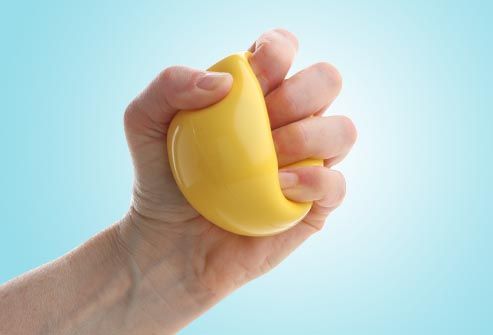
Grip Strengthener
This exercise can make it easier to open door knobs and hold things without dropping them.
- Hold a soft ball in your palm and squeeze it as hard as you can.
- Hold for a few seconds and release.
- Repeat 10 to 15 times on each hand. Do this exercise two to three times a week, but rest your hands for 48 hours in between sessions. Don’t do this exercise if your thumb joint is damaged.
Pinch Strengthener
This exercise helps strengthen the muscles of your fingers and thumb. It can help you turn keys, open food packages, and use the gas pump more easily.
- Pinch a soft foam ball or some putty between the tips of your fingers and your thumb.
- Hold for 30 to 60 seconds.
- Repeat 10 to 15 times on both hands. Do this exercise two to three times a week, but rest your hands for 48 hours in between sessions. Don’t do this exercise if your thumb joint is damaged.
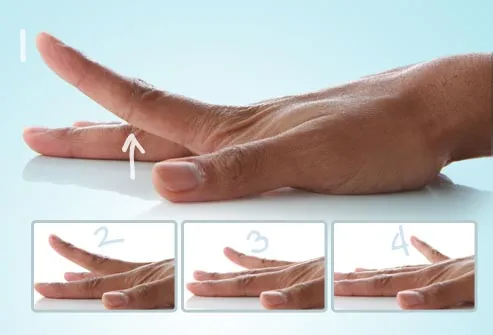
Finger Lift
Use this exercise to help increase the range of motion and flexibility in your fingers.
- Place your hand flat, palm down, on a table or other surface.
- Gently lift one finger at a time off of the table and then lower it.
- You can also lift all your fingers and thumb at once, and then lower.
- Repeat eight to 12 times on each hand.
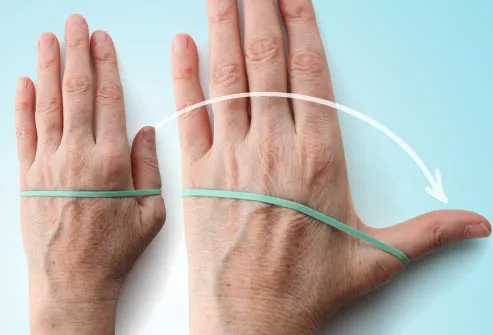
Thumb Extension
Strengthening the muscles of your thumbs can help you grab and lift heavy things like cans and bottles.
- Put your hand flat on a table. Wrap a rubber band around your hand at the base of your finger joints.
- Gently move your thumb away from your fingers as far as you can.
- Hold for 30 to 60 seconds and release.
- Repeat 10 to 15 times with both hands. You can do this exercise two to three times a week, but rest your hands for 48 hours in between sessions.
Thumb Flex
This exercise helps increase the range of motion in your thumbs.
- Start with your hand out in front of you, palm up.
- Extend your thumb away from your other fingers as far as you can. Then bend your thumb across your palm so it touches the base of your small finger.
- Hold for 30 to 60 seconds.
- Repeat at least four times with both thumbs.
This exercise helps increase the range of motion in your thumbs, which helps with activities like picking up your toothbrush, fork, and spoon, and pens when you write.
- Hold your hand out in front of you, with your wrist straight.
- Gently touch your thumb to each of your four fingertips, one at a time, making the shape of an “O.”
- Hold each stretch for 30 to 60 seconds. Repeat at least four times on each hand.

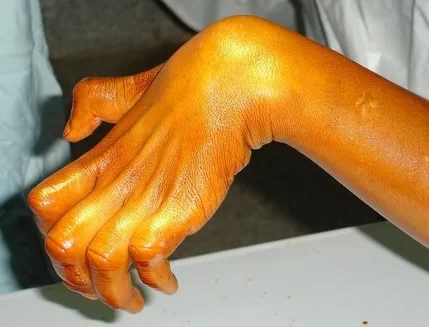
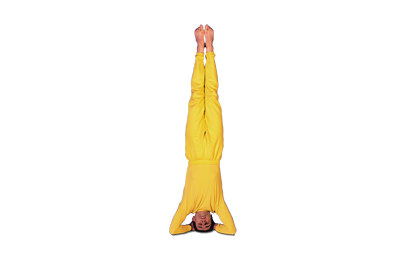

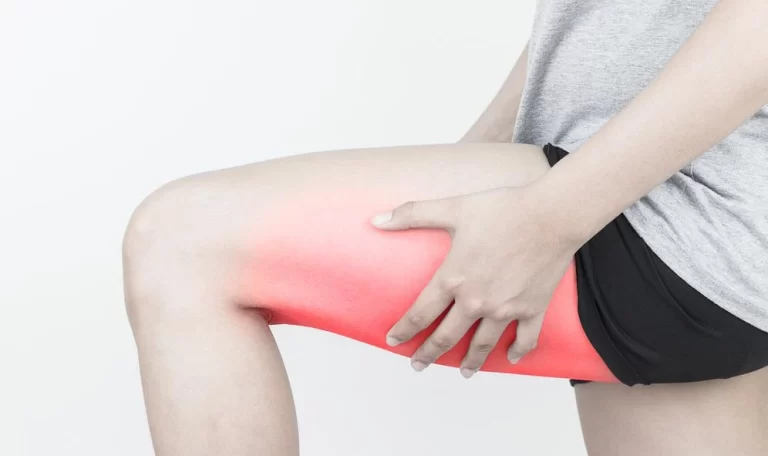
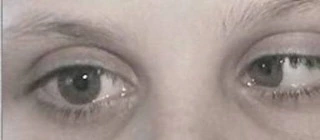

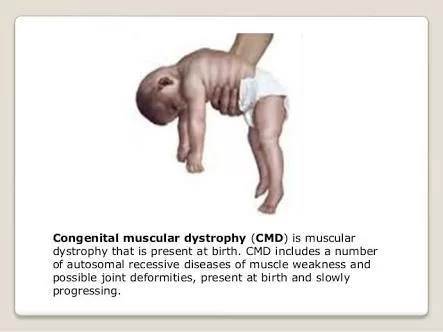
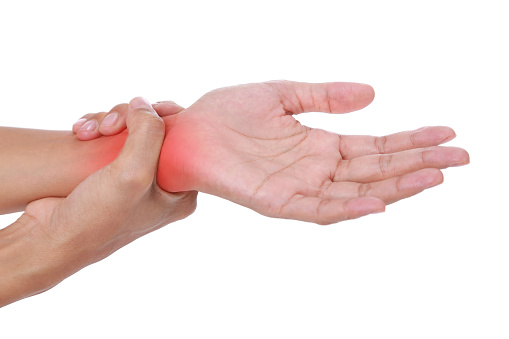
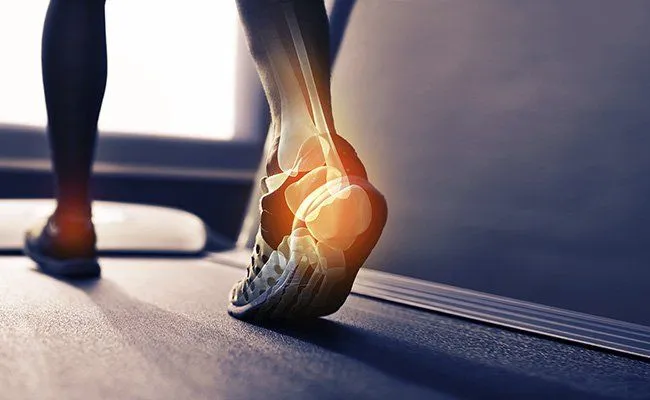
sir hme bhi same problem he 4 year se sir abhi tk thik nahi huva so plzz sir aapka address do hm aa jaye ge aapse milne MO:9998892923 PLZZ HELP ME SIR